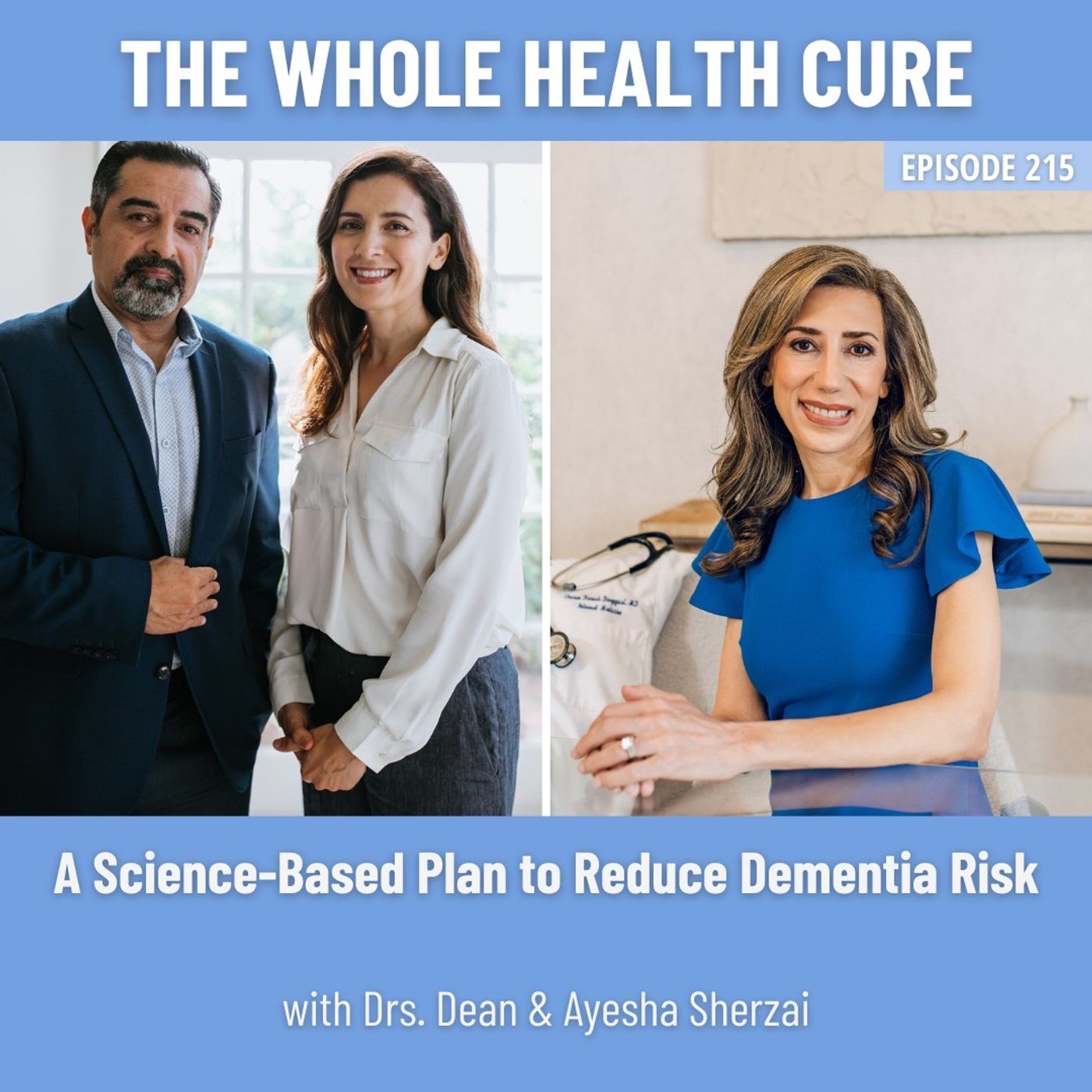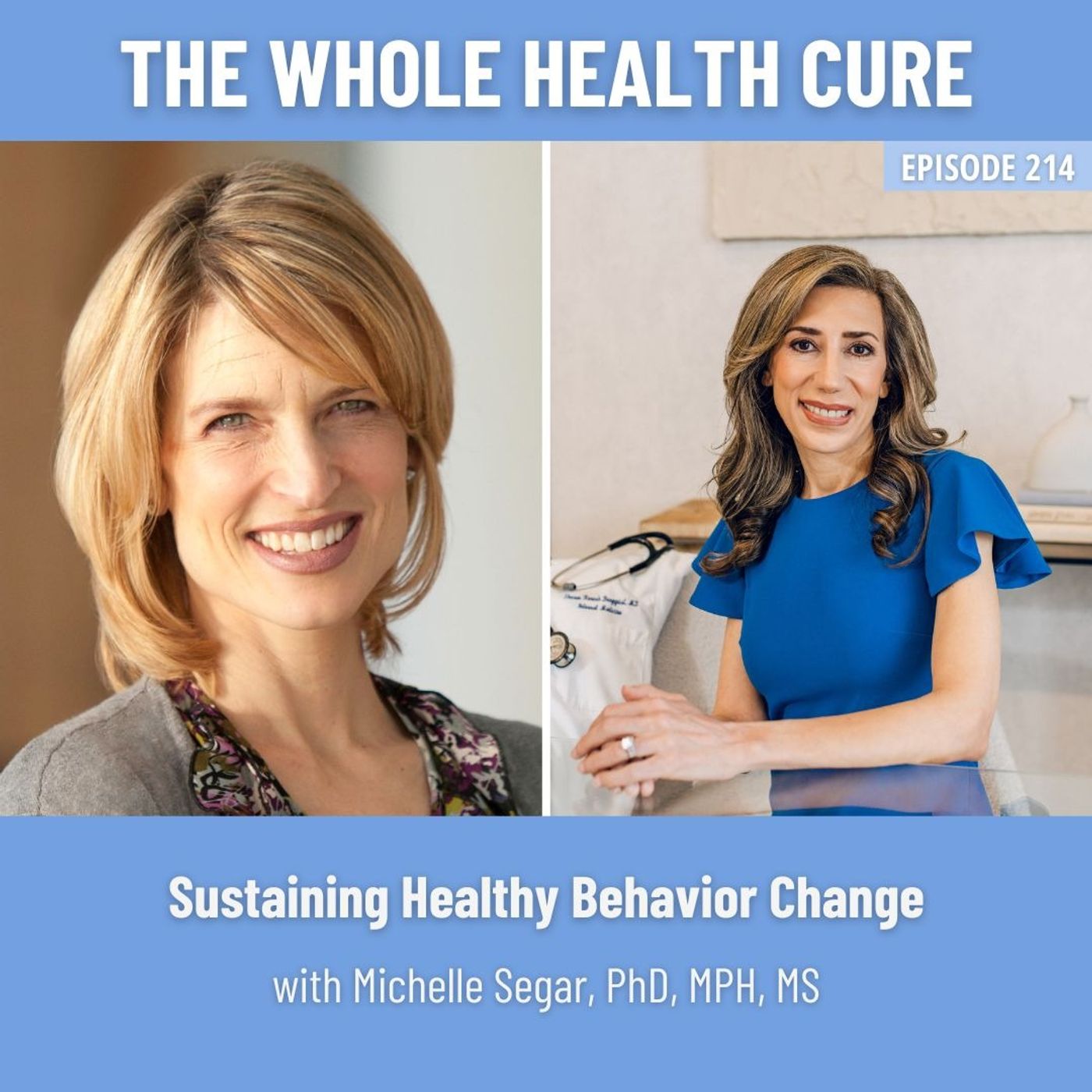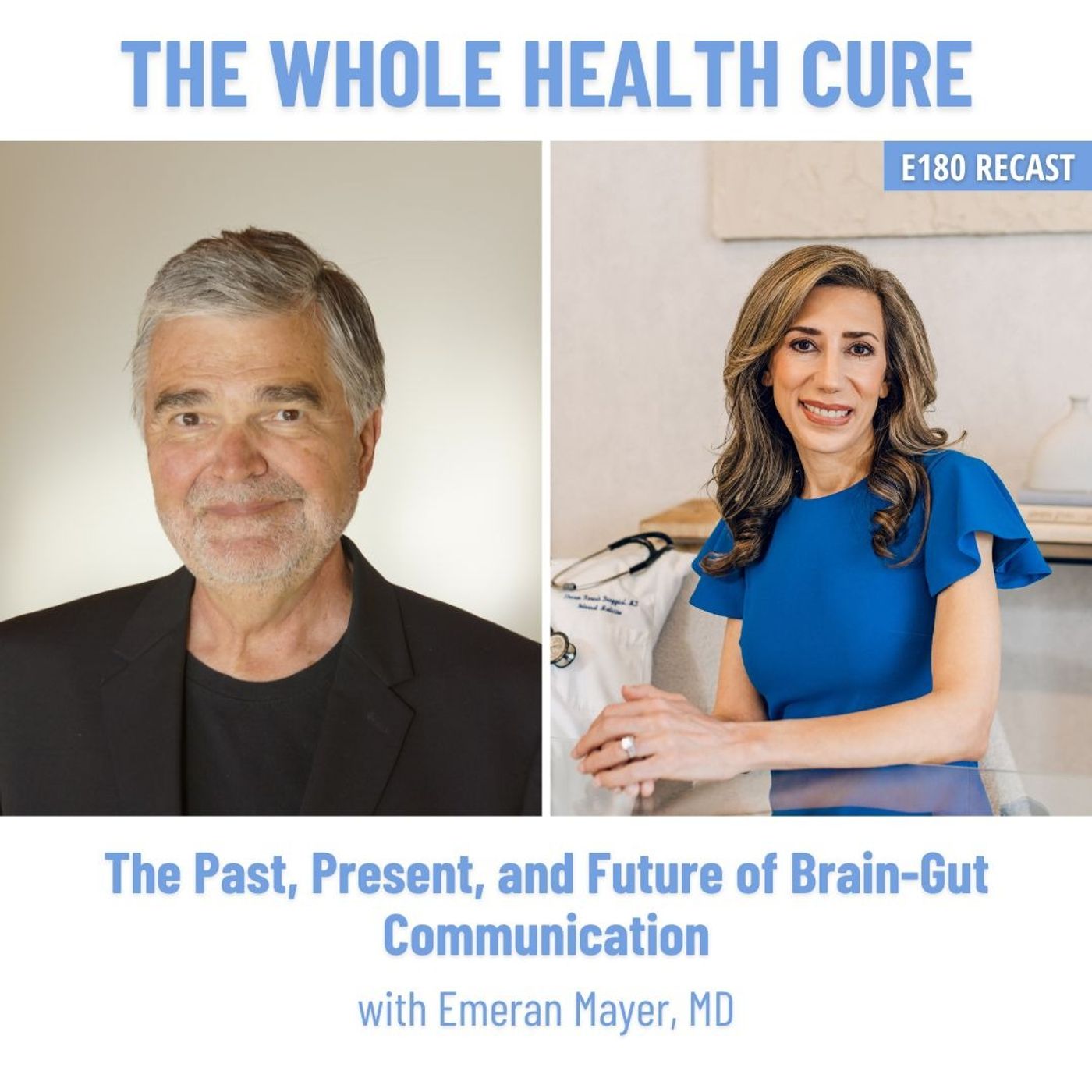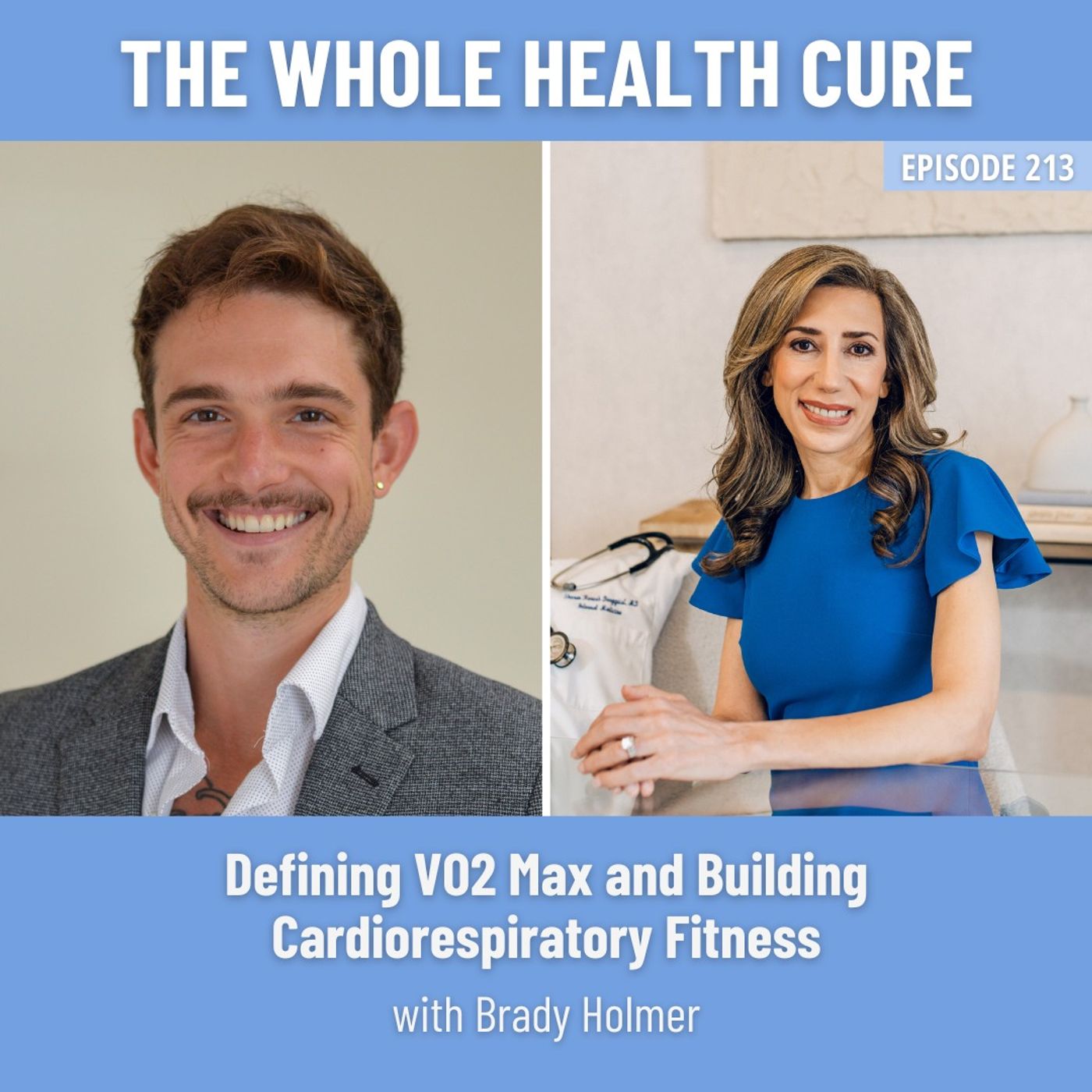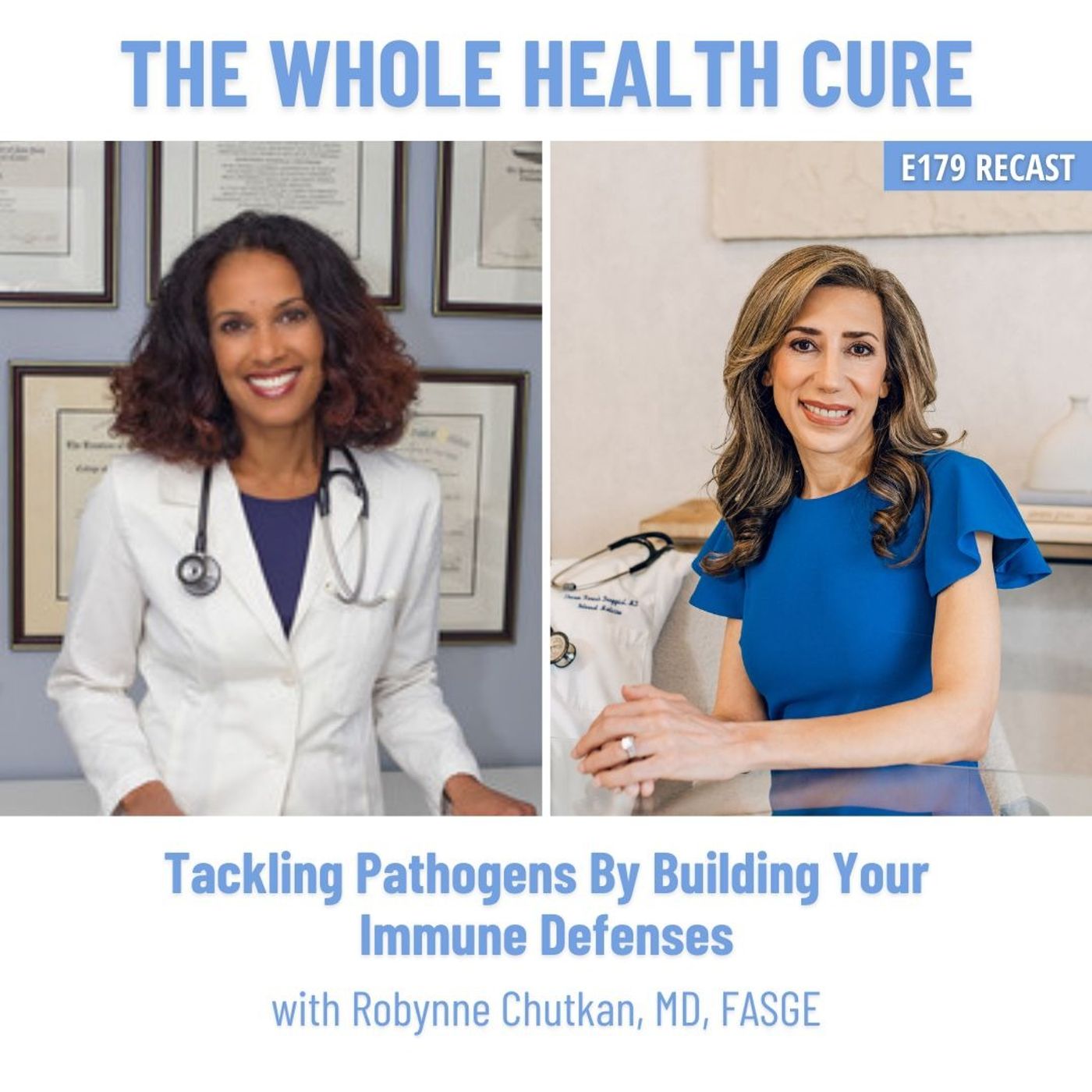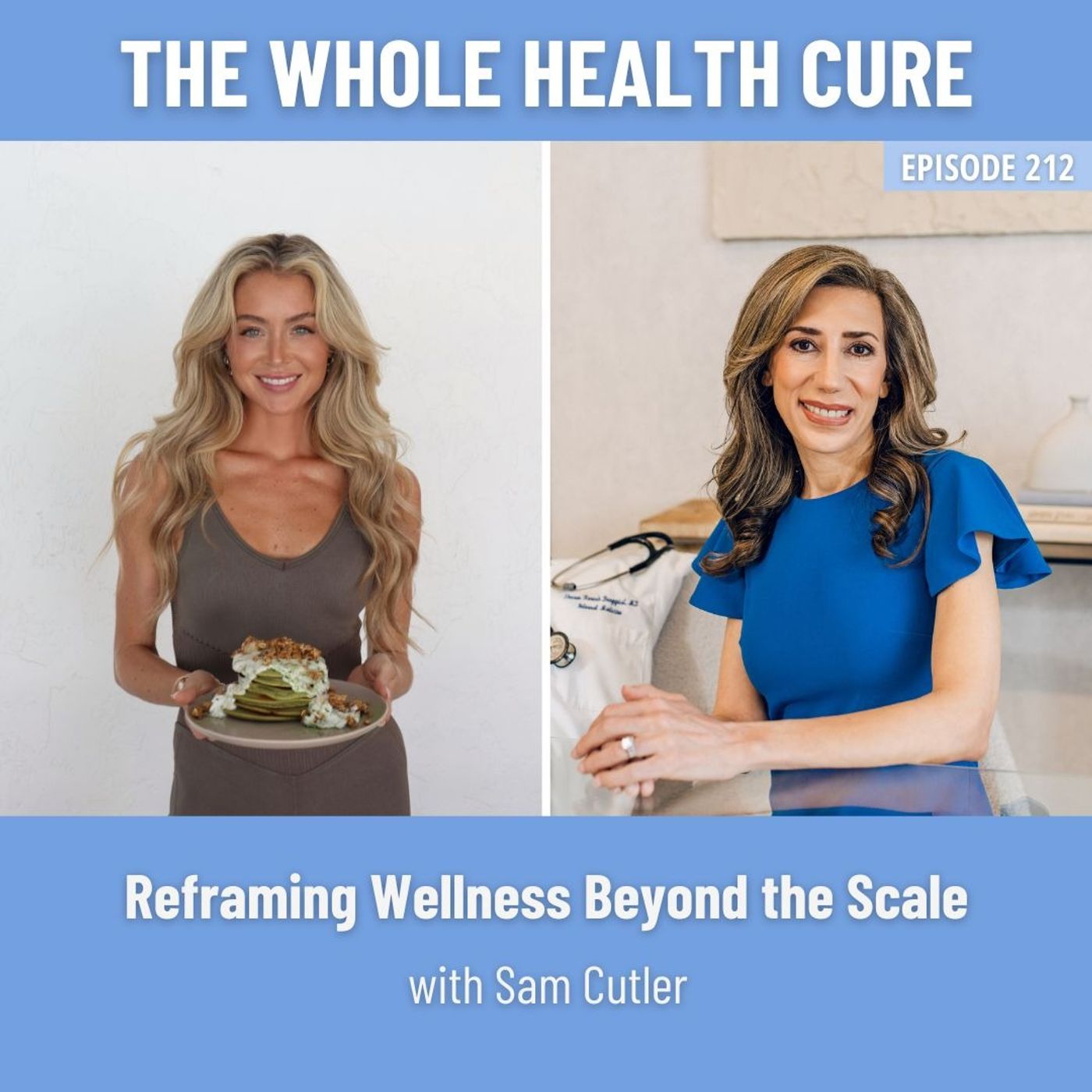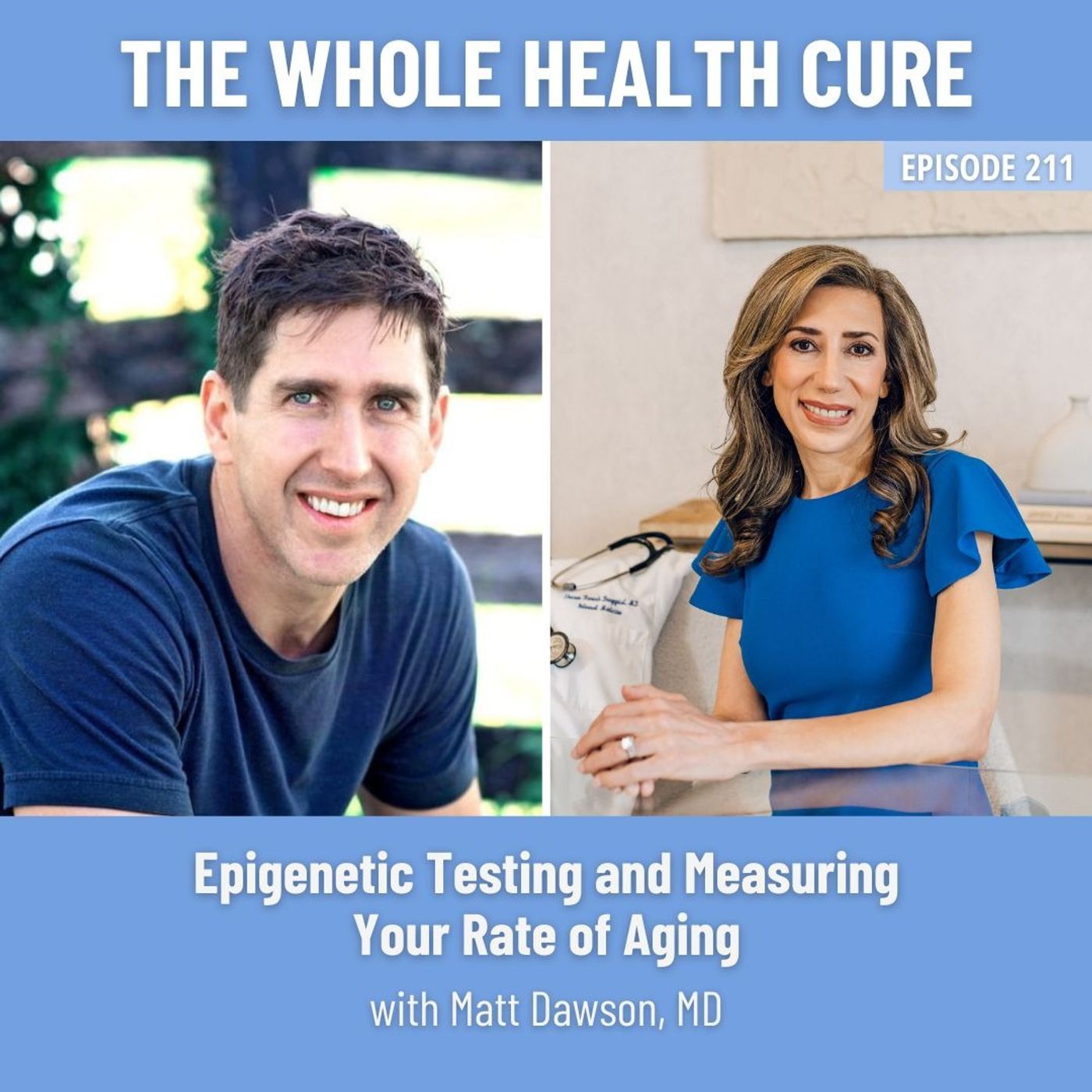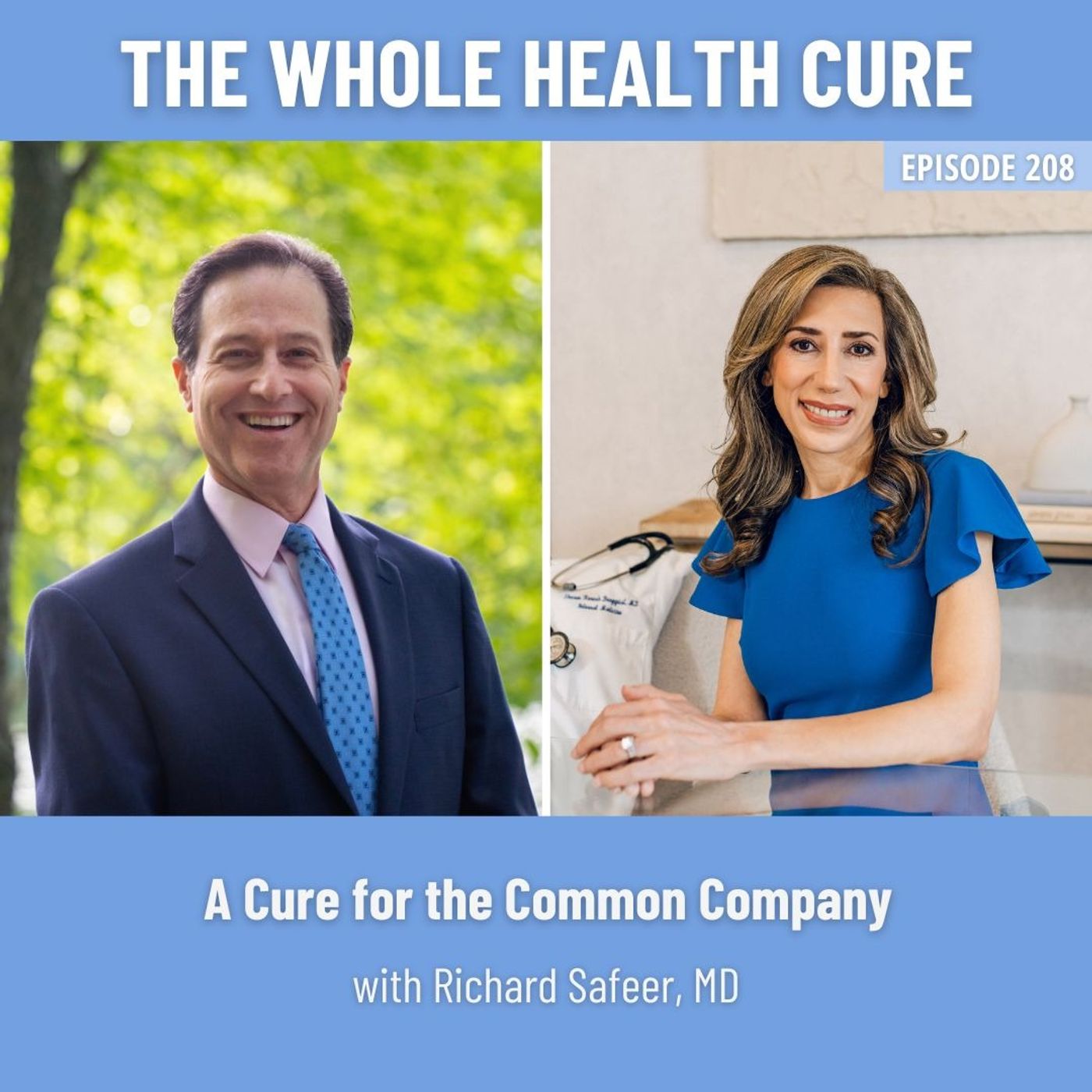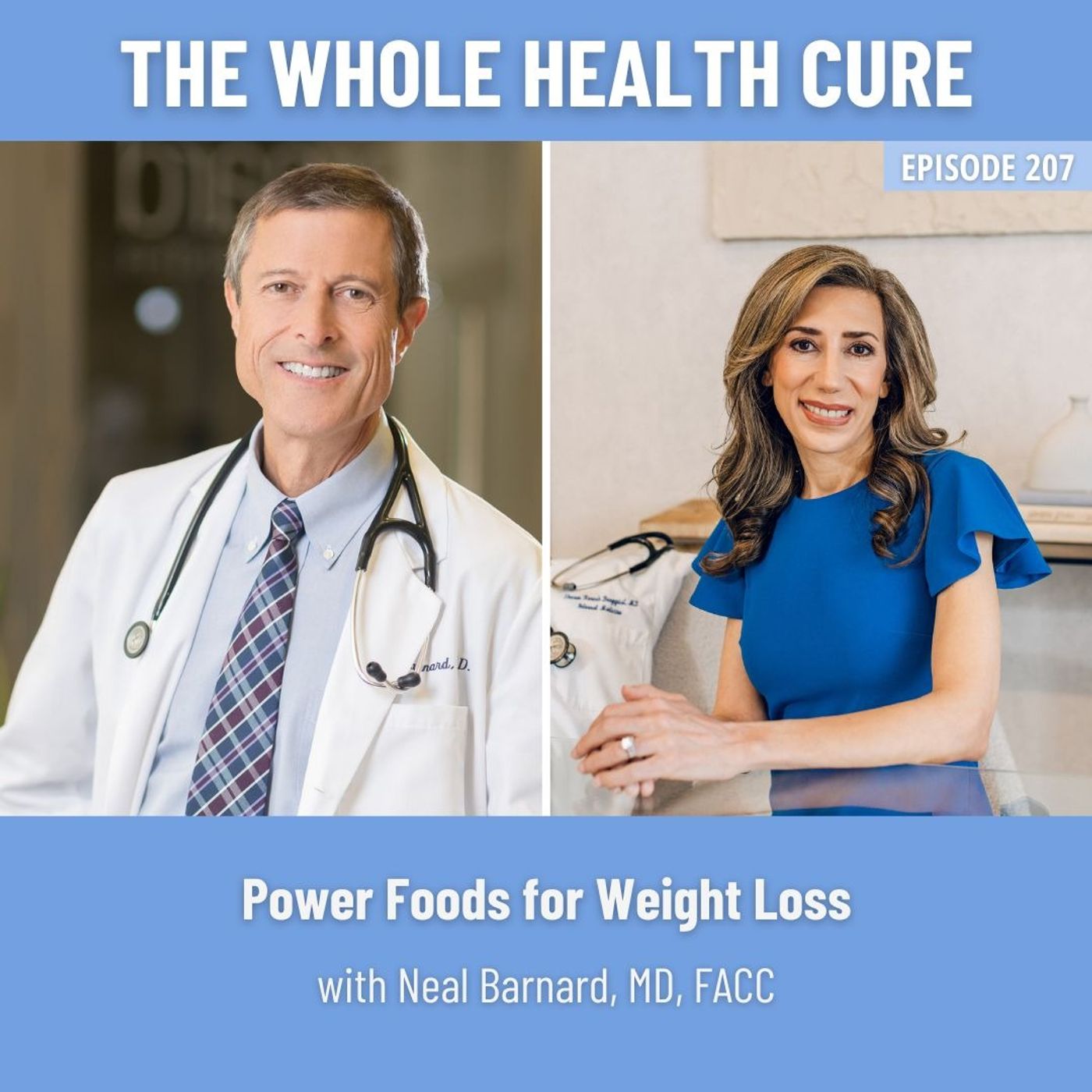PART I: Exercising for your DNA and Cardiorespiratory Fitness with Peter Sprague, PT, DPT
Update: 2024-05-30
Description
This episode is the first of a two-part series with professor, clinician, and researcher Dr. Peter Sprague about the benefits of exercise at the cellular level and how to design an exercise routine that will dramatically improve your health and longevity. In this conversation we discuss why exercise is biologically necessary and how to best engineer a cardiorespiratory-focused workout.
As an expert in physical therapy and athletic injury prevention, Peter is aware of the risks that can arise from exercise – far more important and arguably underestimated, however, are the risks that can arise from a lack of exercise. He explains that physical activity stimulates gene expression in muscle cells. In turn, those genes code for proteins that are vital to our body’s functioning.
“If we don't move and don't exercise, we don't access the protein replication… that allows for normal function.”
What stuck with me is Peter’s encouragement to consider the evolution that led to humans’ survival as a species. Today, we define an “avid exerciser” as someone with 300 active minutes a week. In the age of hunters and gatherers, our ancestors reached a staggering 3000 active minutes a week.
“So a lack of physical activity is going to go against our natural physiology. We need movement to produce the proteins that allow us to build muscle, to maintain bone health and bone density, to improve our vascular system, etc., and that all starts at the level of our genetics.”
For most modern humans, achieving 3000 active minutes is an unlikely and excessive goal. Still, maintaining a baseline of activity is important, especially in the context of aging. Speed and power deteriorate as our muscles atrophy, leading to limited mobility and a higher risk of injury. Peter describes multiple aging factors, like loss of balance, weakened bone density, slowed reaction time, and delayed neuromuscular control, that make falls a deadly threat to older individuals. Fortunately, regular exercise can keep these issues at bay.
“It's not beyond our capacity. I think it actually is well within our capacity… All of that can be mitigated if a thought was provided to an individual at a certain point in life, maybe their forties and fifties, that they have to remain somewhat active.”
Listen to the full episode to learn why our cells perform optimally with physical activity and how to exercise for your longevity goals.
Here are the details of our conversation:
[00:02:43 ] Trends in longevity related to exercise
[00:03:38 ] Cellular processes and exercise
[00:06:39 ] PGC-1-Alpha and genetic evolution
[00:11:49 ] Physical activity in modern vs. early humans
[00:14:37 ] Minimum effective amount of exercise
[00:16:54 ] Movement vs. physical activity
[00:20:58 ] Muscle atrophy and falls
[00:23:50 ] Designing a fitness plan to achieve your goals
[00:28:12 ] Improving both healthspan and lifespan
As an expert in physical therapy and athletic injury prevention, Peter is aware of the risks that can arise from exercise – far more important and arguably underestimated, however, are the risks that can arise from a lack of exercise. He explains that physical activity stimulates gene expression in muscle cells. In turn, those genes code for proteins that are vital to our body’s functioning.
“If we don't move and don't exercise, we don't access the protein replication… that allows for normal function.”
What stuck with me is Peter’s encouragement to consider the evolution that led to humans’ survival as a species. Today, we define an “avid exerciser” as someone with 300 active minutes a week. In the age of hunters and gatherers, our ancestors reached a staggering 3000 active minutes a week.
“So a lack of physical activity is going to go against our natural physiology. We need movement to produce the proteins that allow us to build muscle, to maintain bone health and bone density, to improve our vascular system, etc., and that all starts at the level of our genetics.”
For most modern humans, achieving 3000 active minutes is an unlikely and excessive goal. Still, maintaining a baseline of activity is important, especially in the context of aging. Speed and power deteriorate as our muscles atrophy, leading to limited mobility and a higher risk of injury. Peter describes multiple aging factors, like loss of balance, weakened bone density, slowed reaction time, and delayed neuromuscular control, that make falls a deadly threat to older individuals. Fortunately, regular exercise can keep these issues at bay.
“It's not beyond our capacity. I think it actually is well within our capacity… All of that can be mitigated if a thought was provided to an individual at a certain point in life, maybe their forties and fifties, that they have to remain somewhat active.”
Listen to the full episode to learn why our cells perform optimally with physical activity and how to exercise for your longevity goals.
Here are the details of our conversation:
[00:02:43 ] Trends in longevity related to exercise
[00:03:38 ] Cellular processes and exercise
[00:06:39 ] PGC-1-Alpha and genetic evolution
[00:11:49 ] Physical activity in modern vs. early humans
[00:14:37 ] Minimum effective amount of exercise
[00:16:54 ] Movement vs. physical activity
[00:20:58 ] Muscle atrophy and falls
[00:23:50 ] Designing a fitness plan to achieve your goals
[00:28:12 ] Improving both healthspan and lifespan
Comments
In Channel


